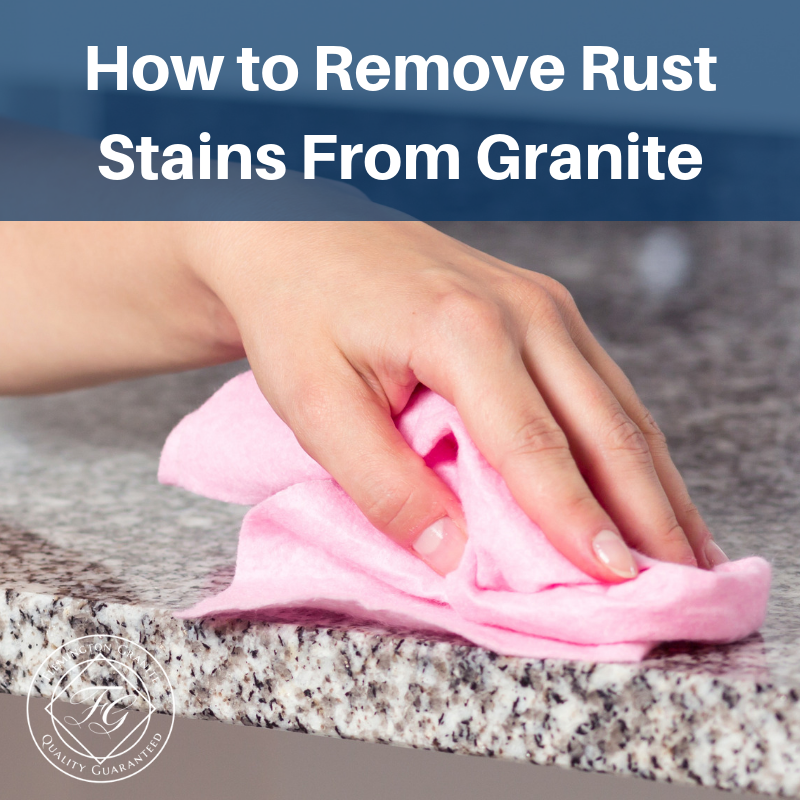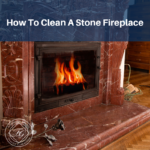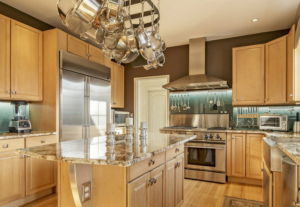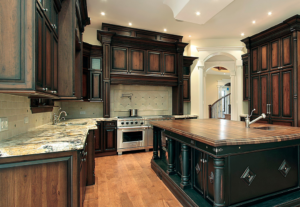
Granite is an outstanding countertop material as it has both beauty and durability as well has resistance to scratches and heat. It does, however, have one weakness and that is its porosity, which means that it can absorb stains if its surface has not been properly sealed during the installation process.
Sealing
Without going through an initial sealing process and follow-up sealing sessions, acid-forming foods and drinks like wine, fruit juices, and other foods can be damaging to granite. Also, if granite countertops happen to be in a lighter color, they are even more susceptible to possible stains and discolorations. The same is true with rust stains. Without the proper sealing process, rust can stain granite. So, in relationship to rust, how is it formed and just how can it be removed from granite?
Rust Formation
Again, the porosity of granite makes it susceptible to stains. In any area where water is continuously in use and accumulates, like around a metal kitchen sink or faucet area, the possibility of rust formation exists. It can creep into the granite part of the sink area and stain it. There are ways to remove rust stains and here are a few steps to take to prevent it:
1. Find the Source
Whether the rust source is from a leaky faucet or a metal sink, fix either one before trying to get rid of the rust. Secondly, if iron cookware is left on wet areas of a countertop, it should be removed from the area before attempting to treat any rust stains.
2. Poultice
Rust can be removed with a poultice. There are commercial rust removers that can be combined with flour. Mix the two together along with some water until the texture is like peanut butter. Baking soda can also be used if commercial rust removers are unavailable. The amount of mixture needed should be tailored to the size of the stain.
3. The poultice should be about a quarter-inch in thickness and spread over the rusty area. It doesn’t need to be any thicker than this.
4. Next, place plastic wrap over the poultice and tape the edges in place. Let the poultice remain covered for at least 24 hours, or until it has dried. If the area is not completely dry, let the covering remain for an additional 12 hours.
5. After the poultice has dried, remove it with a soft cloth or your fingers. If the poultice has done its job, the stain should be pulled up and away from the granite. The area can then be dried with a wet cloth.
6. If rust still remains, apply the poultice again in any spots where there are remnants of rust. Reinitiate the poultice step process if there are heavy residual spots and go through the previous steps.
For all its beauty and durability, granite can easily stain, especially if it is not initially sealed, and sealed at periodic intervals after that. If you have questions or further concerns, complete the online contact form and a representative will get back to you with the answers you need to remove rust in a permanent fashion.






